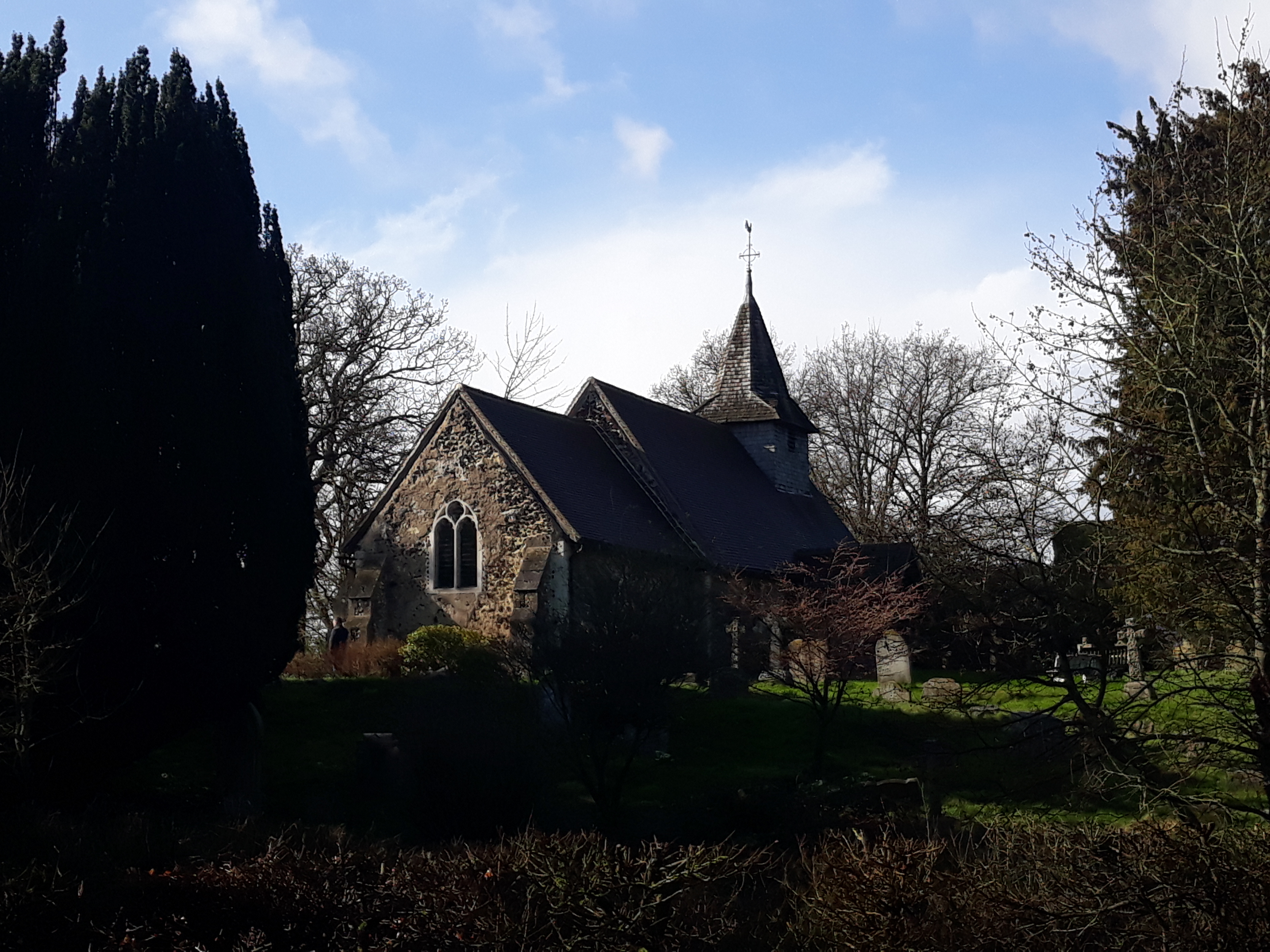
Pyrford Village
Nestled on the easterly curve of Woking’s central hub sits the small village of Pyrford. Ancient and historic in roots, and re-generated through the Arts and Crafts movement of the late 19th and early twentieth century, this area has an abundance of unique interest. Similar to much of the outskirts of Woking, Pyrford Village and its surrounding area is affluent, and the housing market is dominated by large country manors on the market for over £1 million!
Pyrford Village was first recorded 1086 Domesday Book survey, helmed by William the Conquerer after the Norman invasion of England. However, there is archaeological evidence to suggest that the site is prehistoric, most obviously seen with the Pyrford Standing Stone. First recorded as Peliforde, this area was owned by Westminster Abbey until the dissolution of the monasteries in 1539. It was then owned by Henry VIII and the area contributed to his vast hunting parks. After his death the manor was then subsequently gifted to Elizabeth the I, and it is thought that she visited the area regularly. It is also acknowledged that the infamous metaphysical poet John Donne (1571-1631) wrote several of his poems here!
The area continued to bloom as a site of affluence and distinctiveness. Most notably in its architectural character. The Pyrford Court, which started construction in 1907, is a large country manor house built in a Neo-Carolean style, and was thought to be one of the largest manor houses in the country! Moving further eastwards, towards Woking, lies another important piece of architectural and design history. The Hockering Estate, on the far edge of Woking, was established in 1910 by the Arts and Crafts architect W.G Tarrant. Consisting of 95 homes along four private roads, flanked by woodland and natural landscapes, the area is an iconic piece of British architectural history.

Due to its prolonged history, unique residential character, and architectural and design intrigue, the area of Pyrford Village and the Hockering Estate is hugely affluent. House prices range above the £1 million mark. Given its uniqueness, resident’s are fiercely protective of the local character, and often reject planning permissions that do not align with the principles of the local identity. That being said, there are plenty of homes on the market currently in the area, including properties designed by W.G Tarrant!